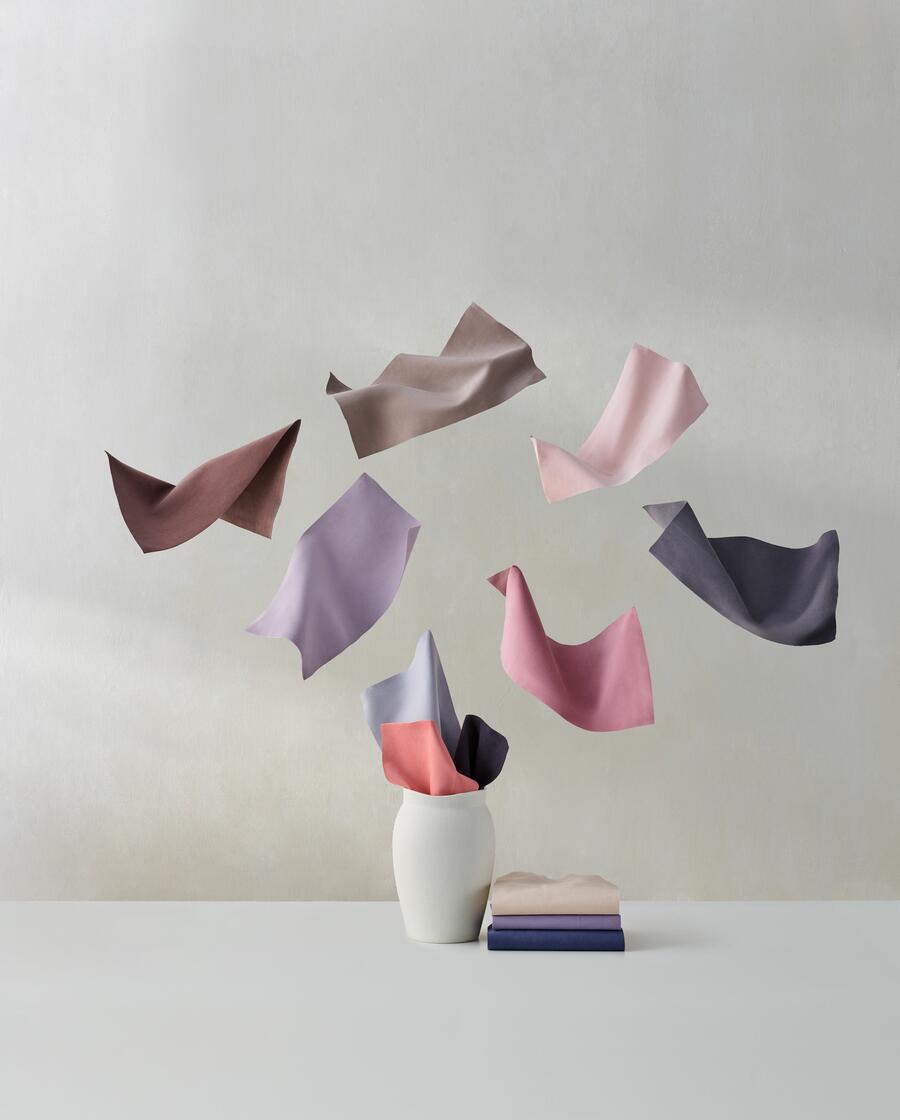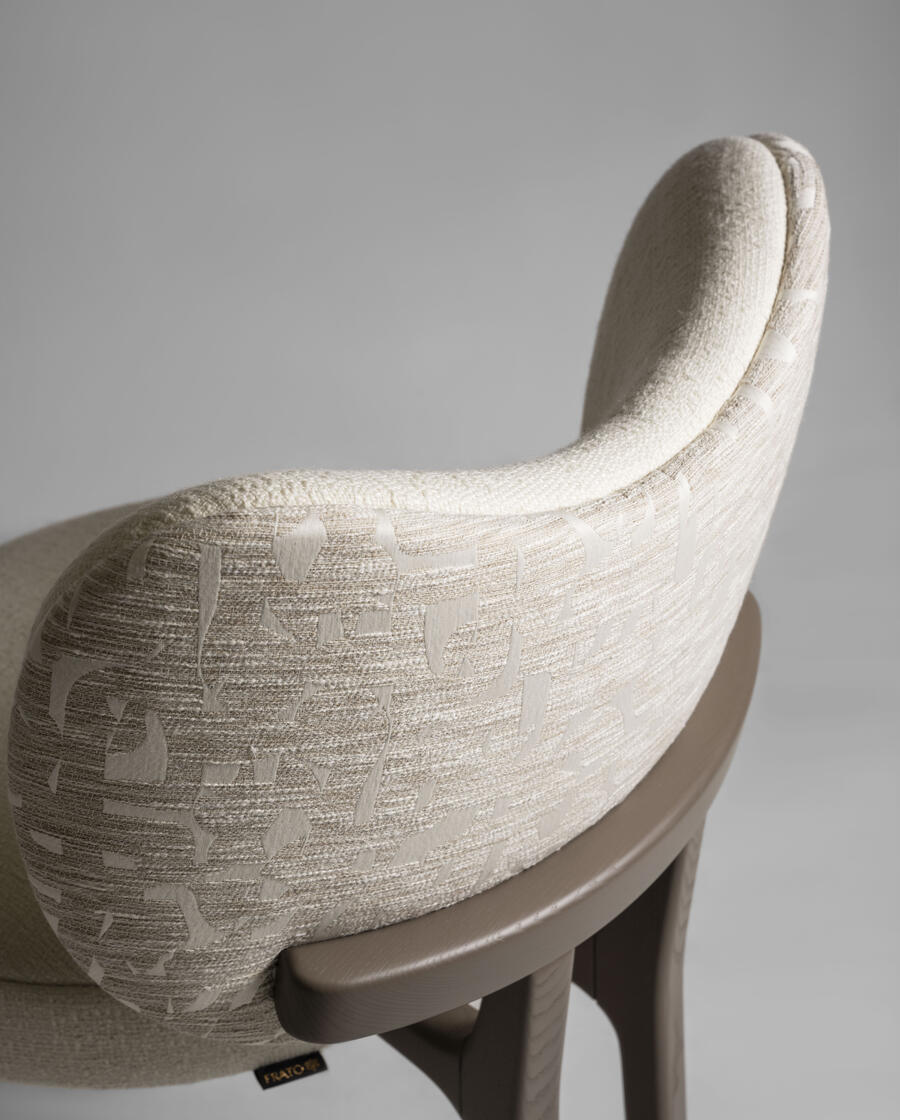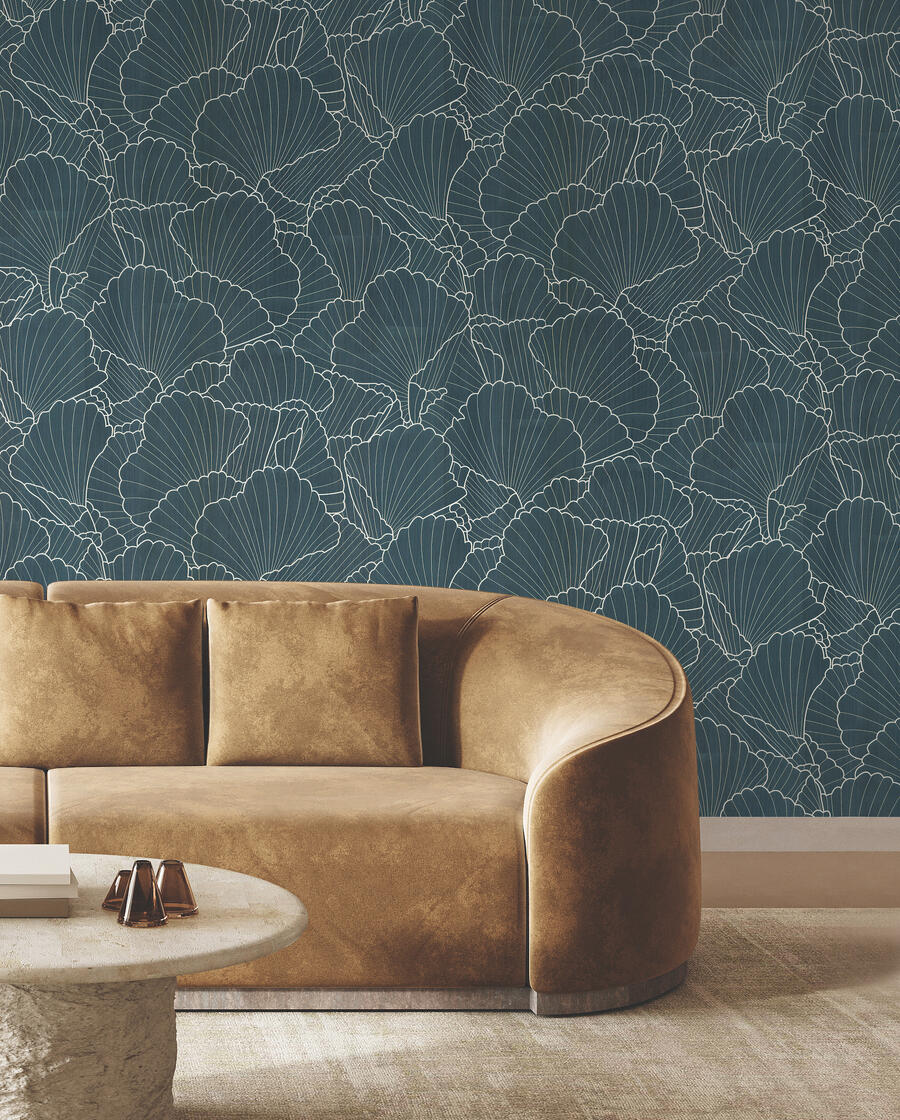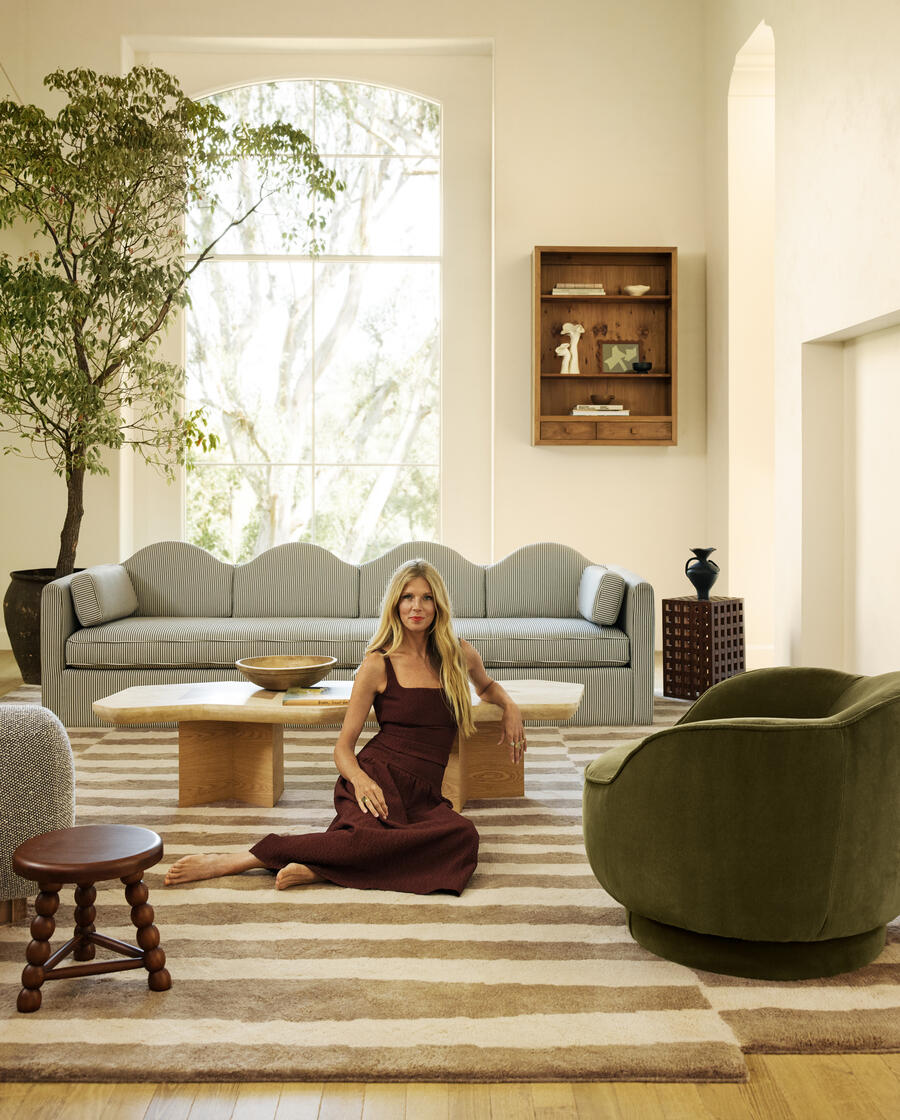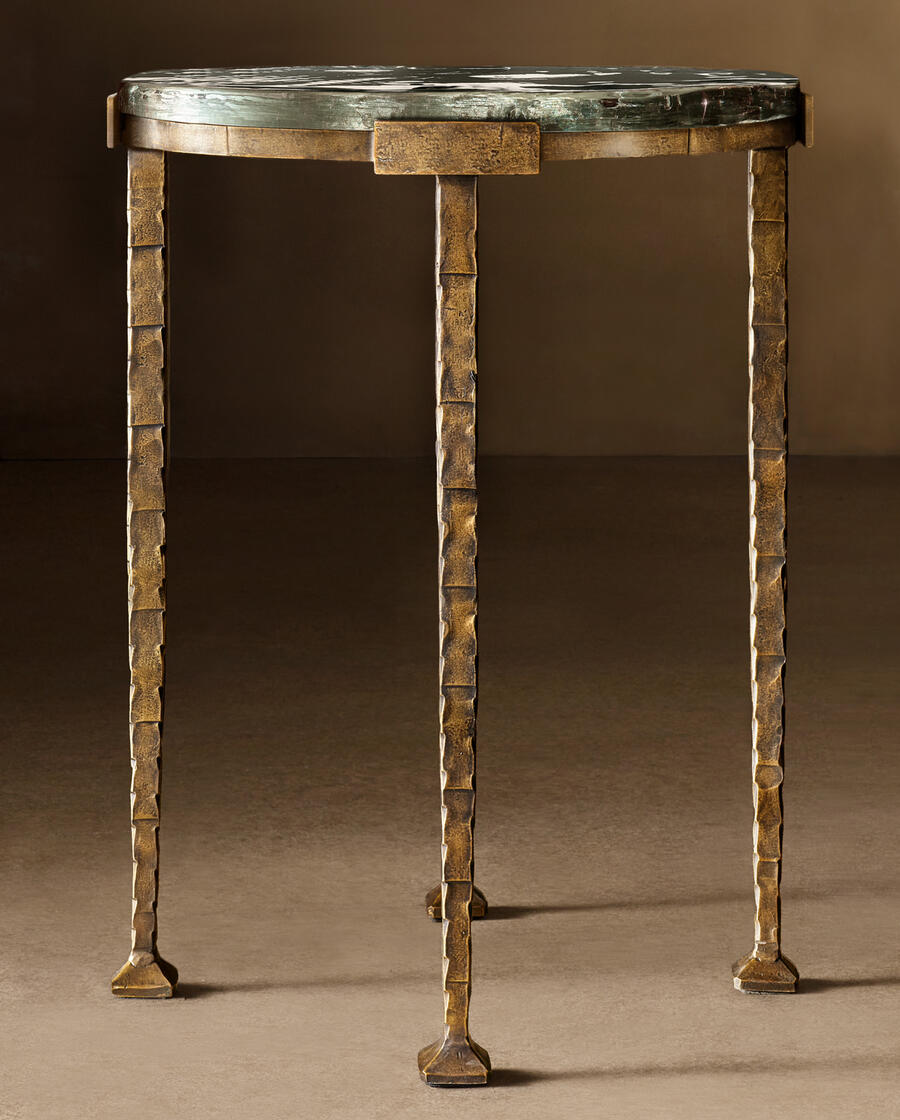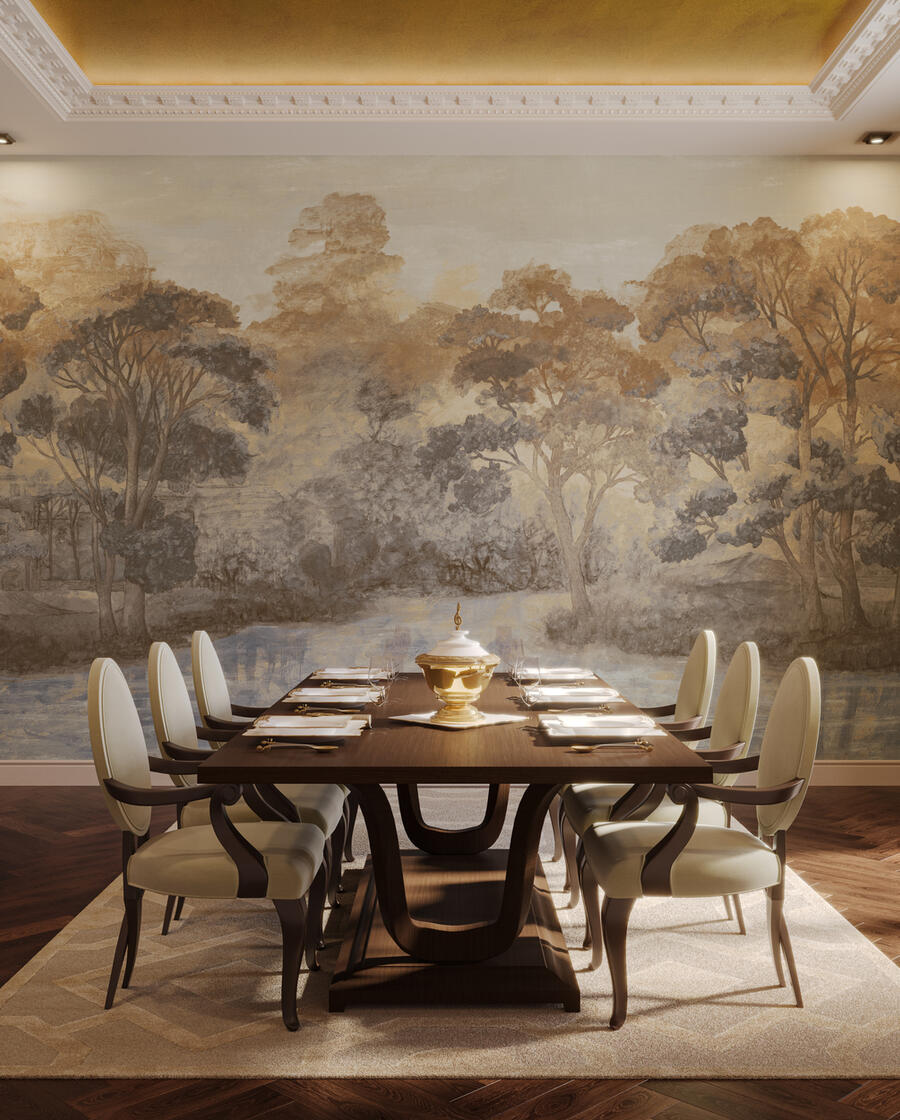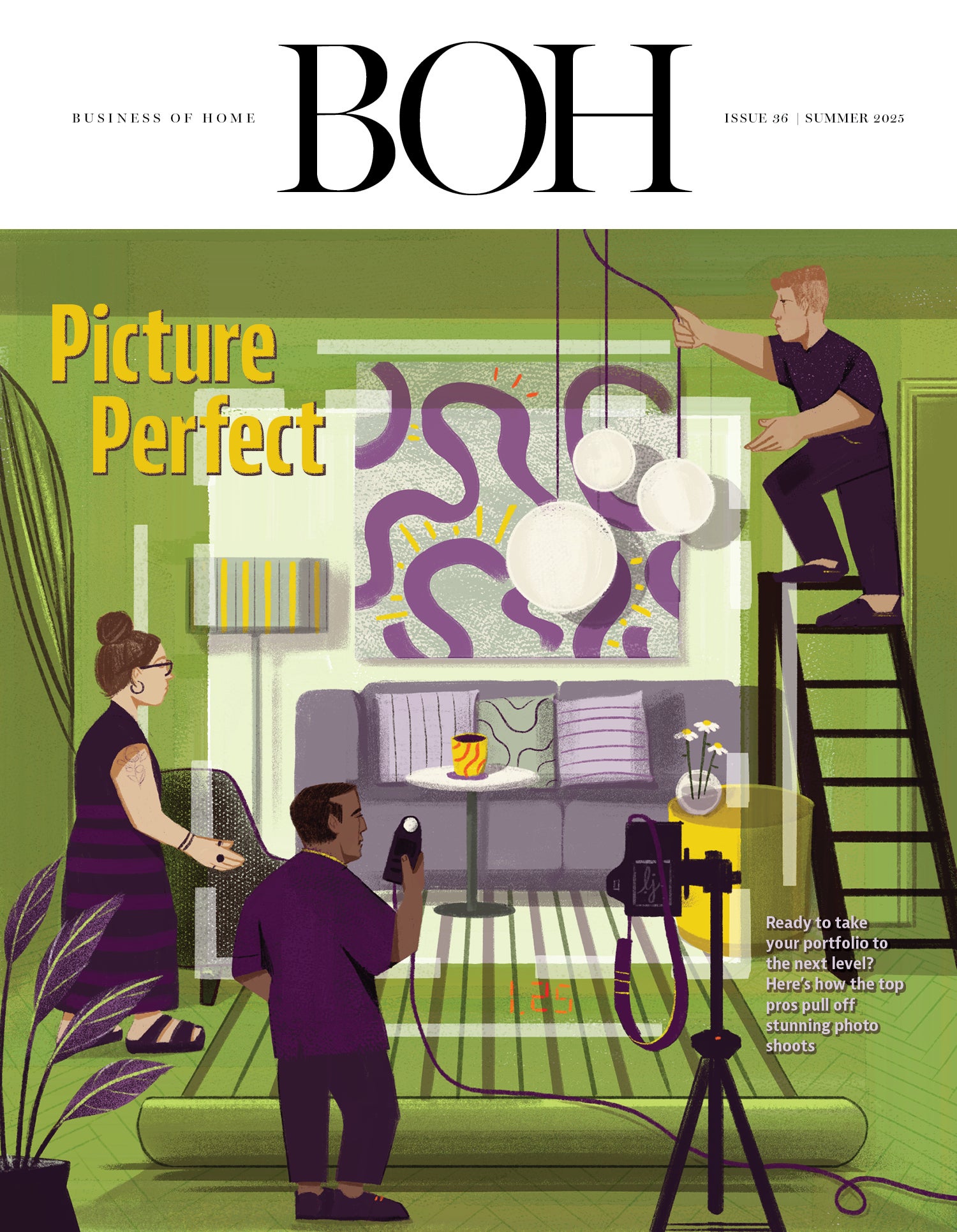Chris Wolston is an artist with a capital A. Whether he’s dreaming up an anthropomorphic lounge chair that holds you like a hug, or an art nouveau side table composed of lifelike cast bronze blooms, the designer’s pieces are imbued with both emotional depth and levity. “I love that design balances intention with surprise,” he tells Business of Home. “It’s a space where tradition and experimentation meet, where stories can be told through craft, and where humor has a place in everyday life.”
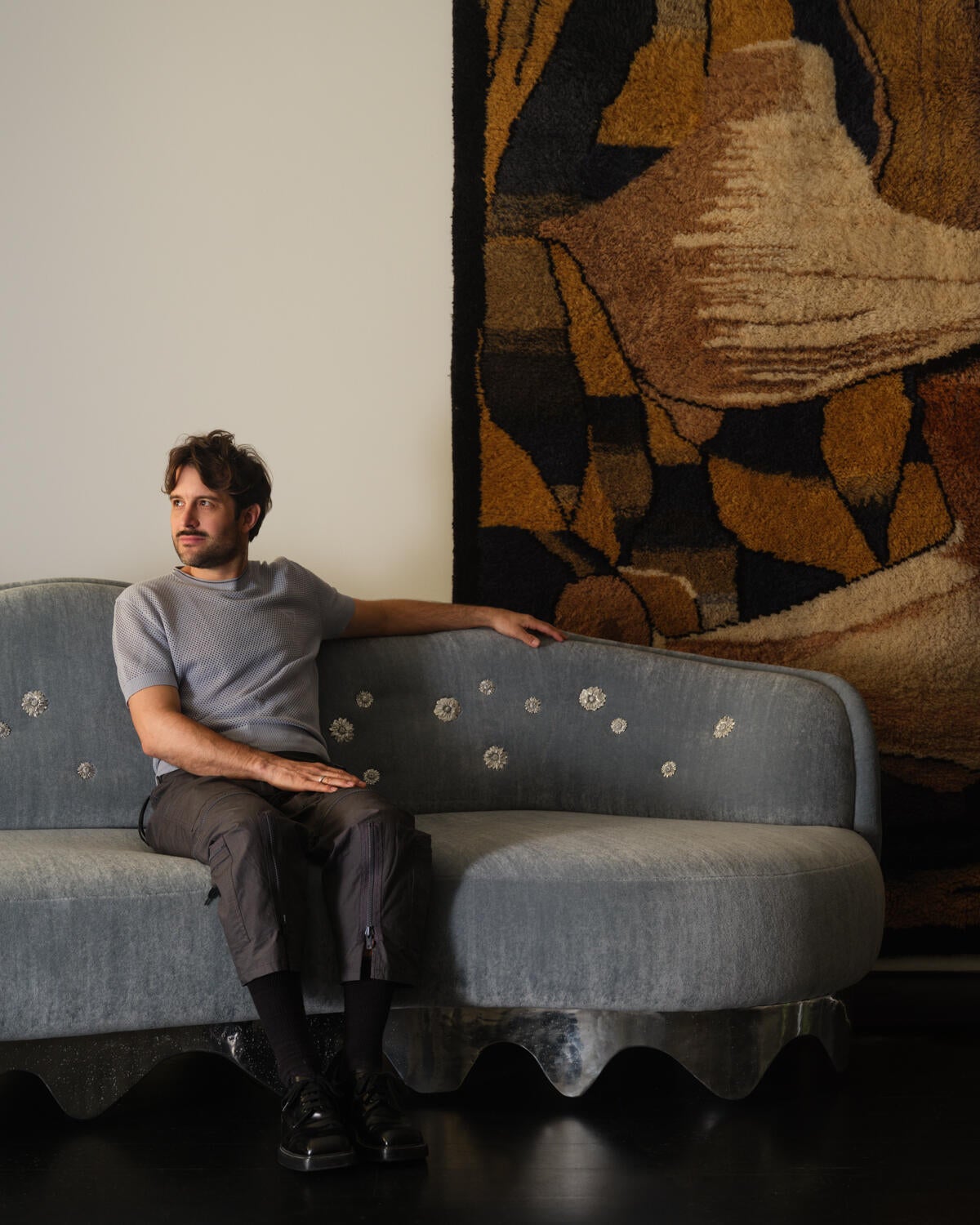
A native of Providence, Rhode Island, Wolston first grew interested in design while studying non-Western art traditions at Kokrobitey Institute in Accra, Ghana. “That was when I first began to see design as more than just form—it became about process.”
After earning a degree in glassmaking at the Rhode Island School of Design, he earned a Fulbright grant to study pre-Columbian ceramics in Colombia, and ended up opening a studio in Medellín, where he began collaborating with various family-run artisanal workshops on bespoke furniture designs crafted using centuries-old techniques. “Honestly, that was my real education,” he says. “Working there opened me to a hands-on way of making that was inseparable from community—it changed my understanding of what design could be.”
Wolston launched his studio in 2014, with a collection of surrealistic terra cotta furnishings crafted with the help of a Colombian brick factory. “I’m constantly inspired by the tactile world—how materials behave, how they resist, and the ways they can be transformed.”
In the last decade, he has blossomed into one of the most collectible designers in the interiors world, with highly sought-after pieces such as the gestural, handwoven-wicker Nalgona chair series and the limb-covered, aluminum Body dining table. “I now split my time between New York and Medellín,” he says. “That duality—industrial versus handmade, digital versus craft—runs through everything I do.”
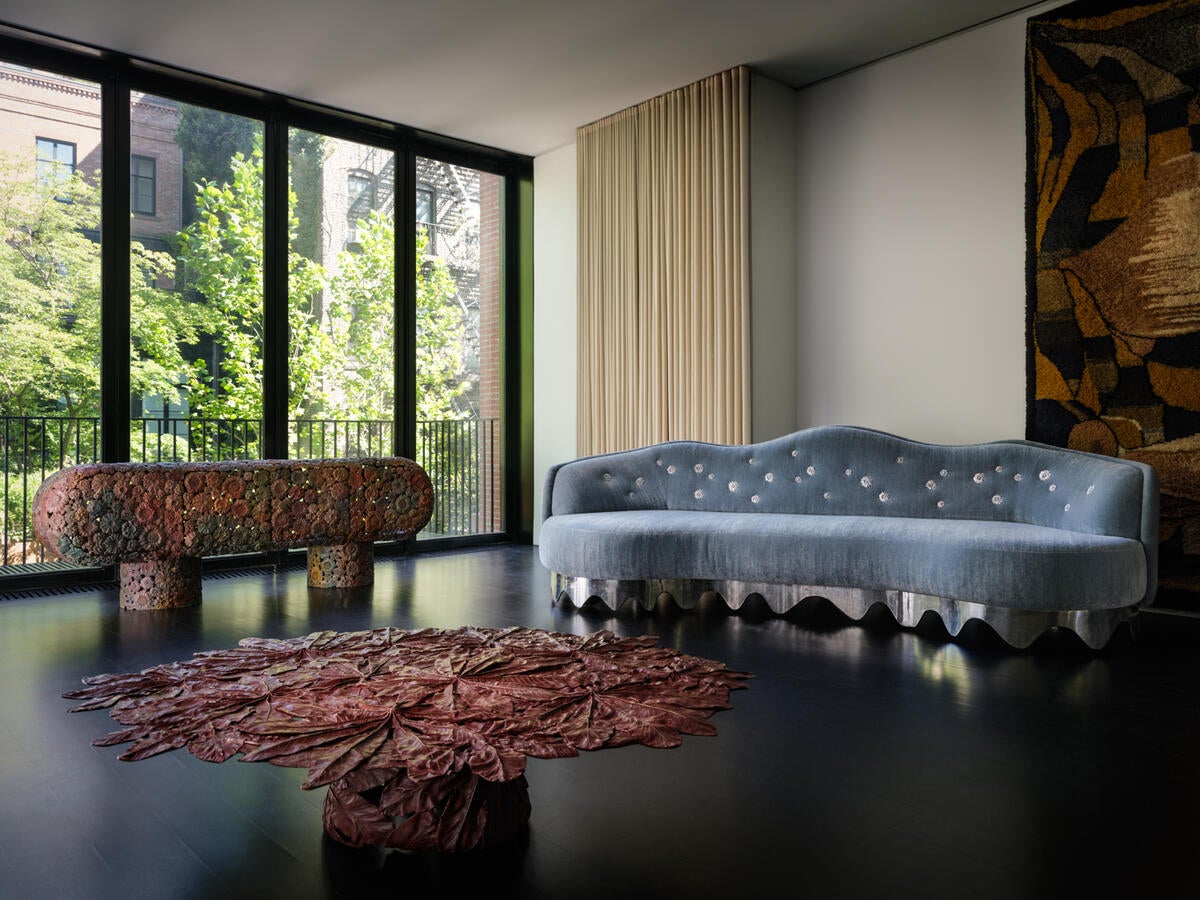
Wolston’s process is far from linear, sometimes starting with a material he wants to test or a doodle from a plane ride. He takes his loose ideas to Medellín’s community of artisans—who specialize in everything from weaving to ceramics and metal casting—to narrow down which time-honored techniques could be employed, and what subsequent forms might evolve. “I work so closely with artisans that the making itself becomes part of the design,” he says.
The wicker work for the aforementioned Nalgona series, for instance, involves an elaborate, almost choreographed hand-weaving process that can take weeks to complete. “These skills are generational—knowledge passed down, refined over decades—and being part of that continuum is one of the most rewarding aspects of my practice,” he says.
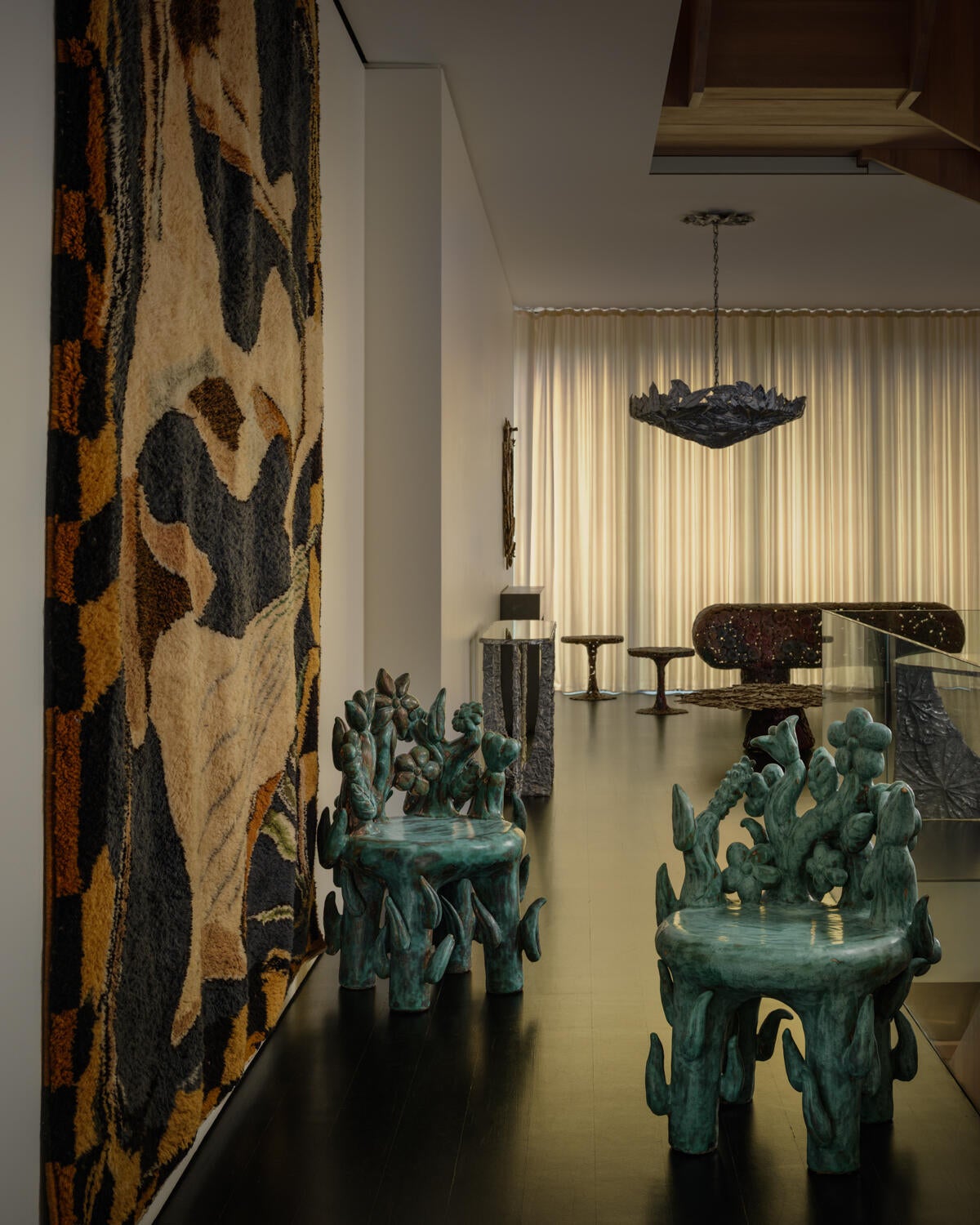
Along with craftsmanship, materiality is at the heart of all of Wolston’s work. “I like when a material speaks before you even start shaping it, so I gravitate toward ones with strong identities,” he says. “Yaré, a natural vine fiber, for instance, has this incredible flexibility and regional specificity, and sand-casting bronze or aluminum allows me to bring out texture and let the raw character of the metal shine through.”
For Wolston, form is when the real fun begins. “Form is my way of playing, and it can be emotive, even funny,” he says. “I like furniture that has personality—legs that look like they might walk off, a chair that seems to smirk.”
Usefulness, however, is hardly an afterthought. Even his most avant-garde pieces are still highly practical, such as the multitiered Tropical cabinet and the Topanga chair, which doubles as a planter. “I don’t think functionality requires restraint,” he says. “I want objects that feel like characters you live with, not neutral furniture that fades into the background.”
His latest collection, Gilding the Lily, is currently on display at The Future Perfect in New York (through October 22). An homage to the late-19th-century art nouveau movement, the series reimagines an array of belle epoque elements as contemporary pieces, including a mohair sofa tufted with polished aluminum daisy buttons and a tulip-style bronze side table. “They’re some of my most elaborate, maximalist pieces yet, while also introducing a new sense of minimalist restraint that brings a sharp freshness to the exhibition—a kind of maximalist minimalism,” he says.
In November, Wolston will unveil a solo exhibition at Dallas Contemporary, where he’ll showcase a selection of new pieces that push the boundaries of material, craft and form. “I’m interested in continuing to blur the line between utility and narrative—between objects you use and objects that seem to have their own life,” he says.



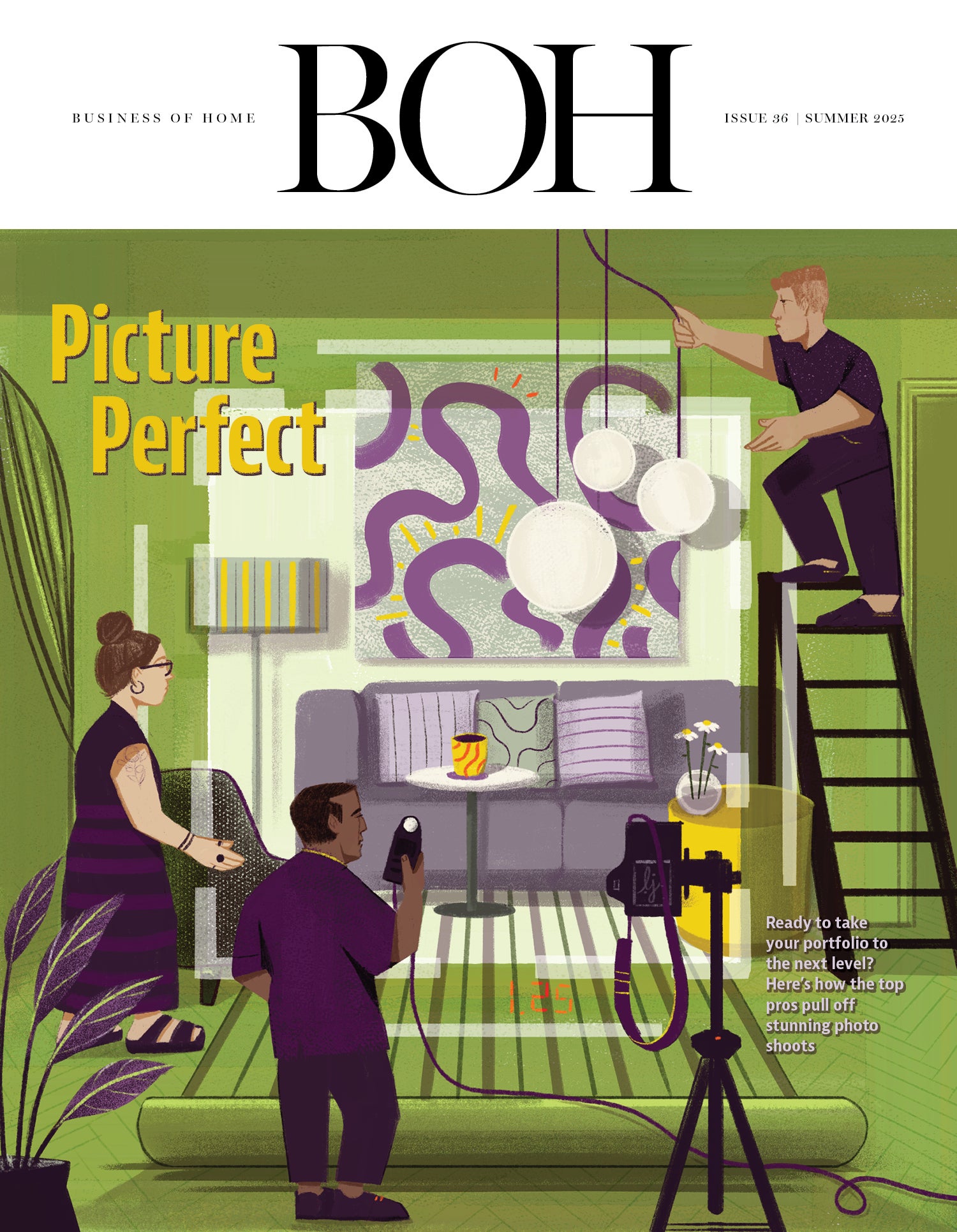
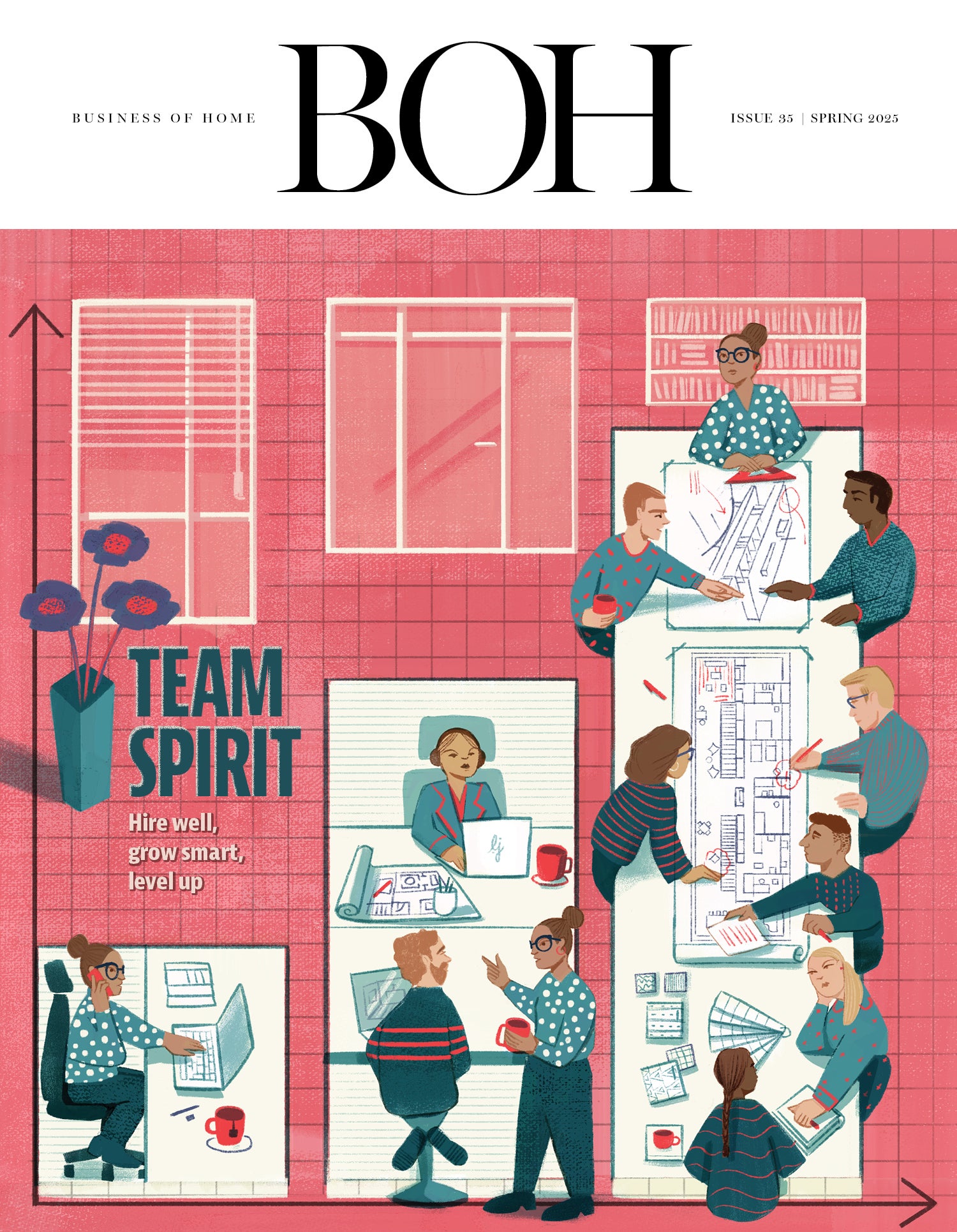
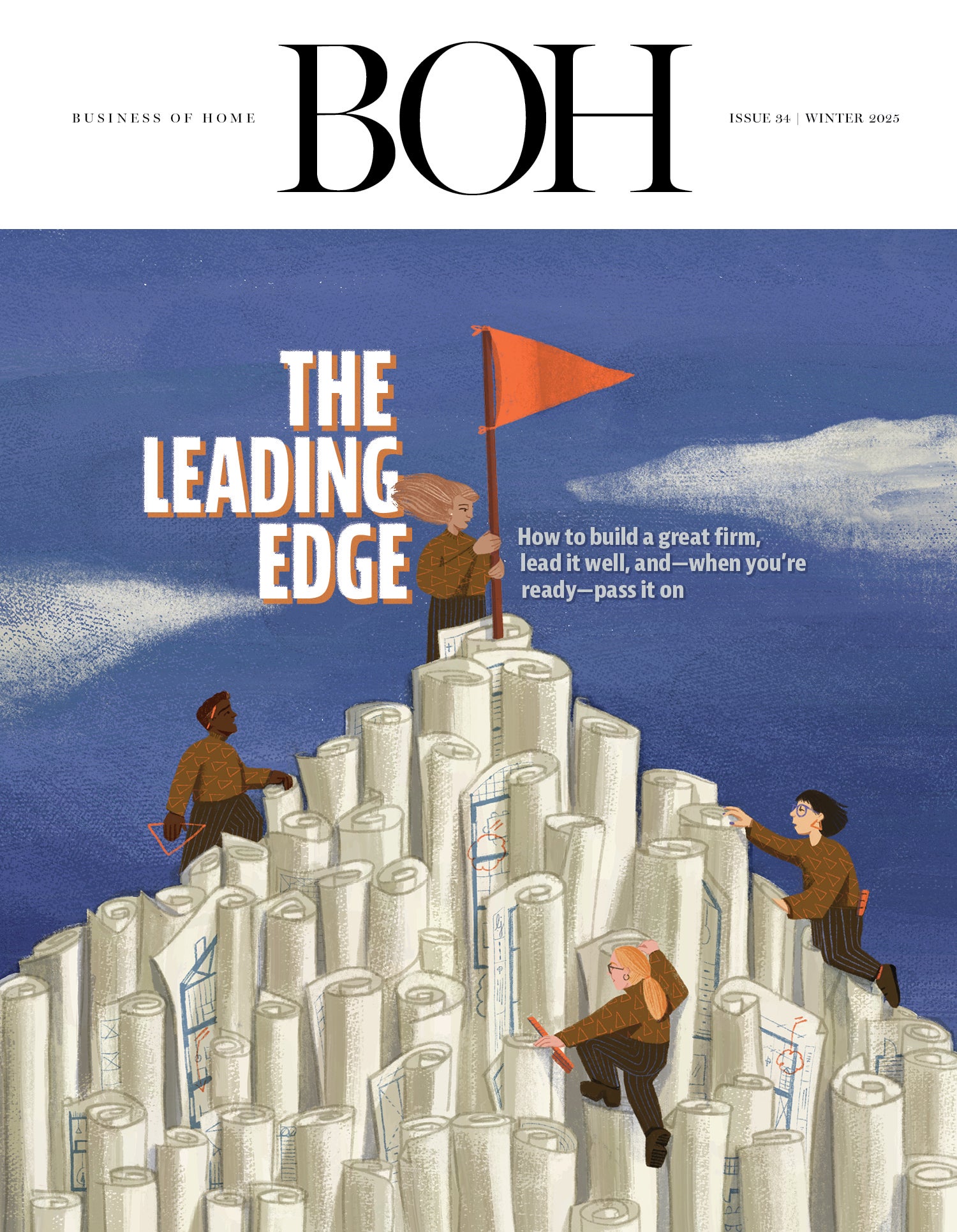
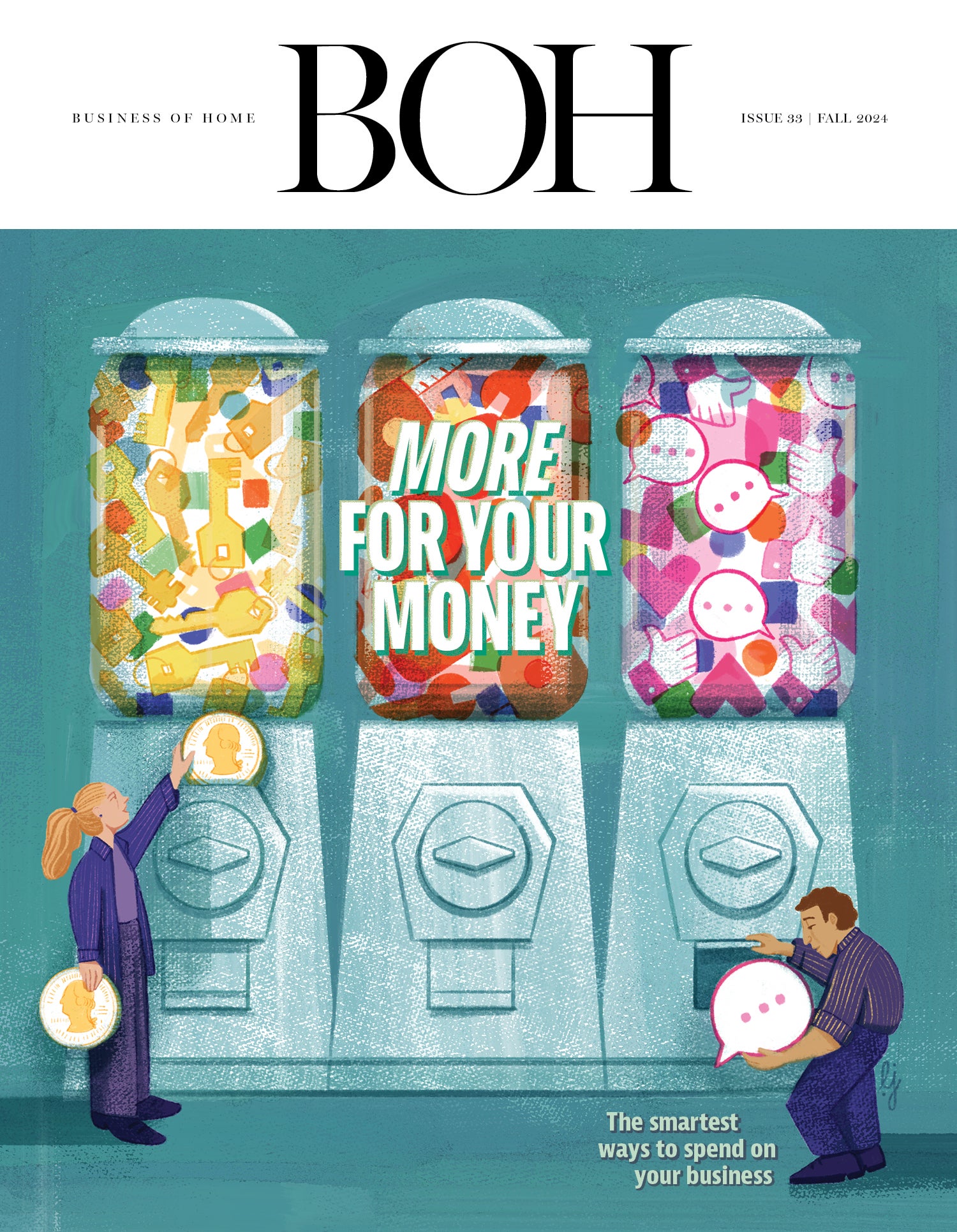
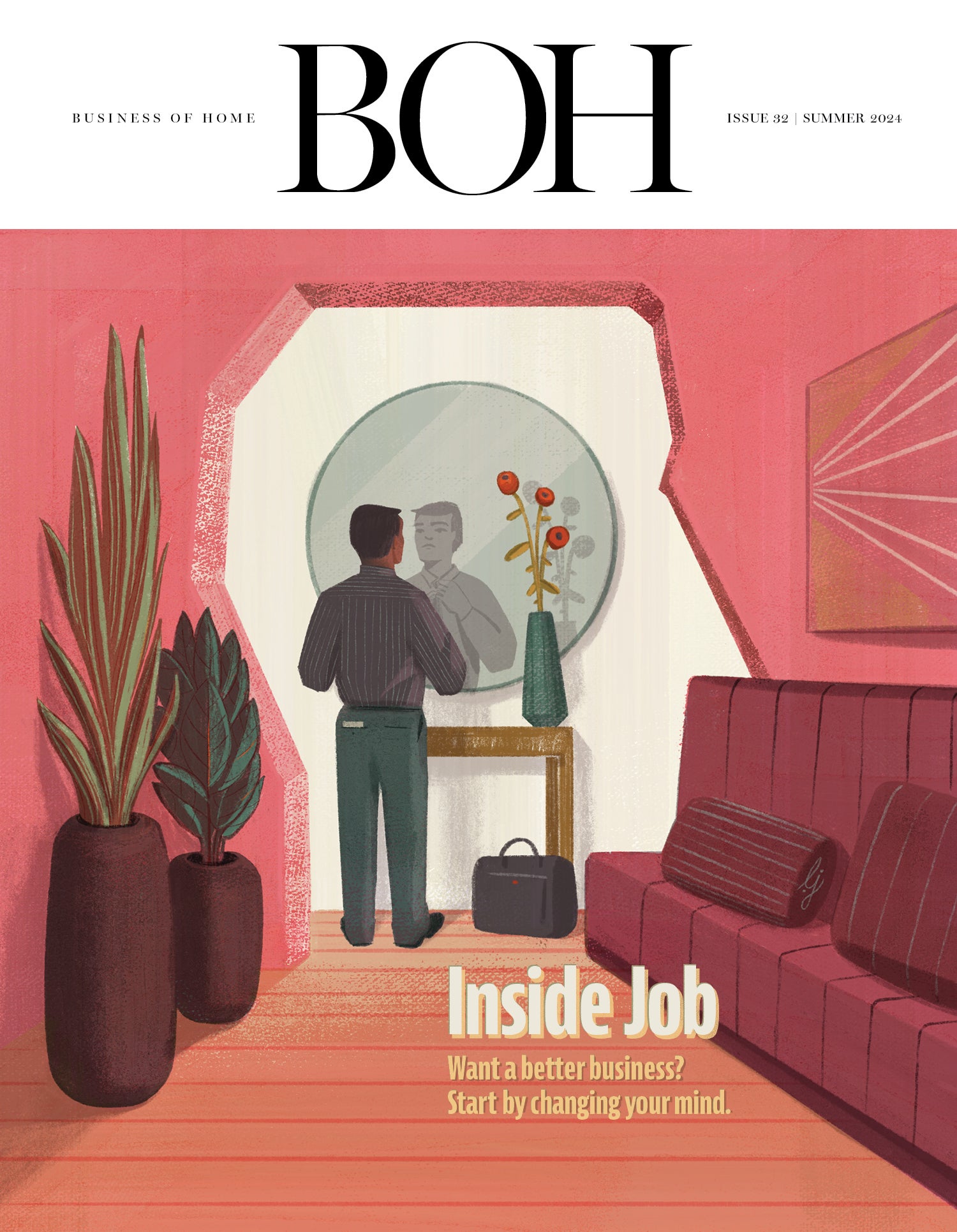
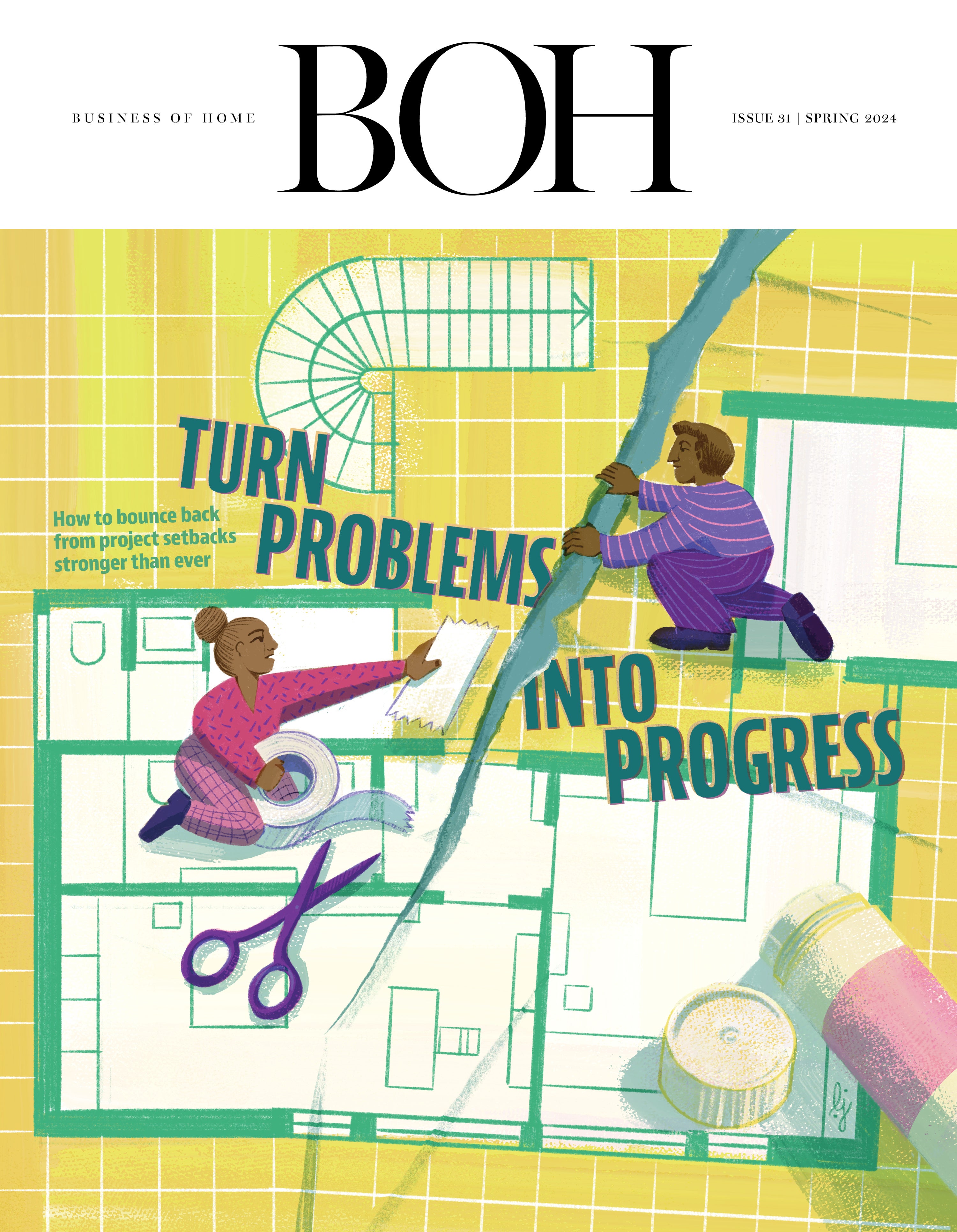
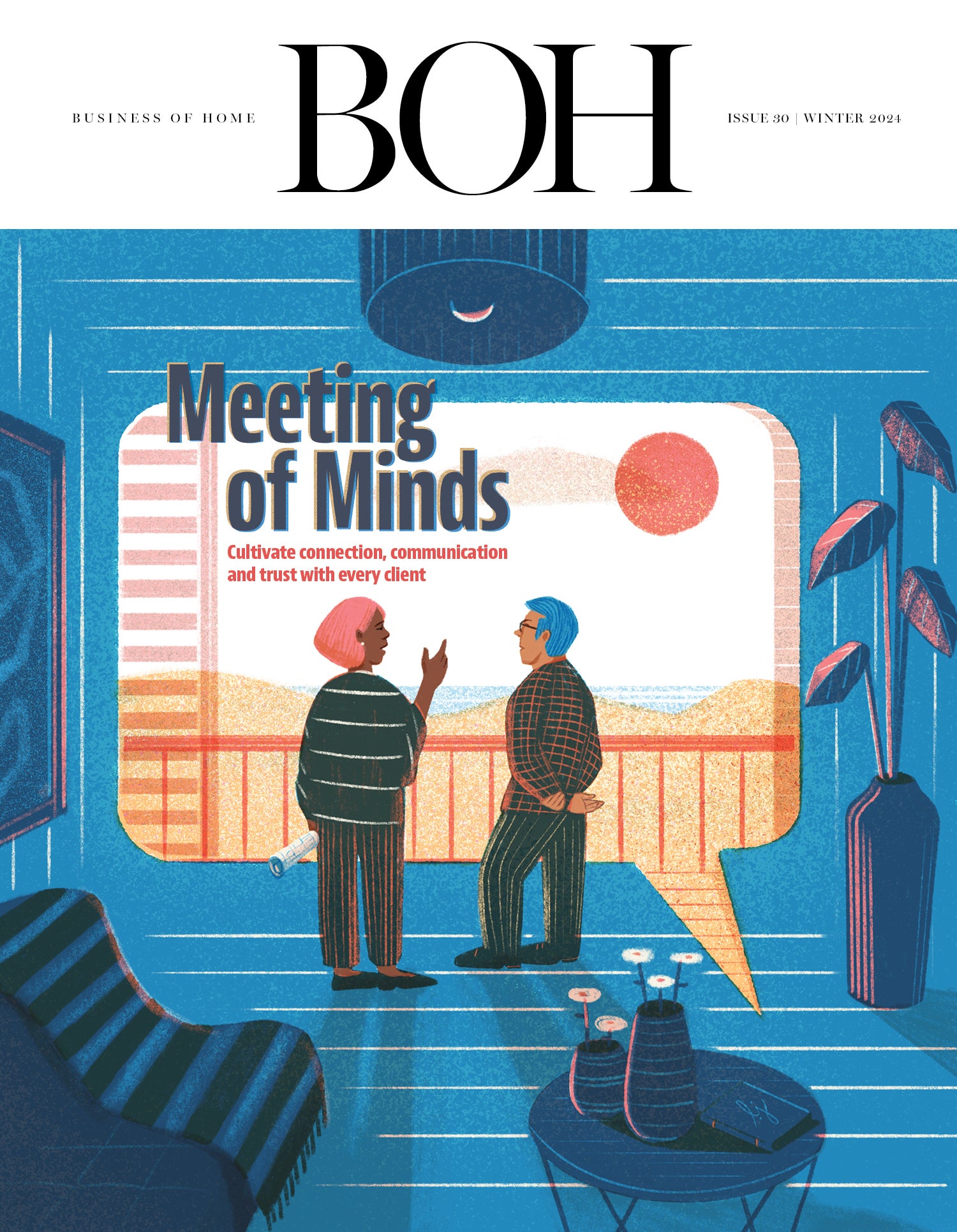
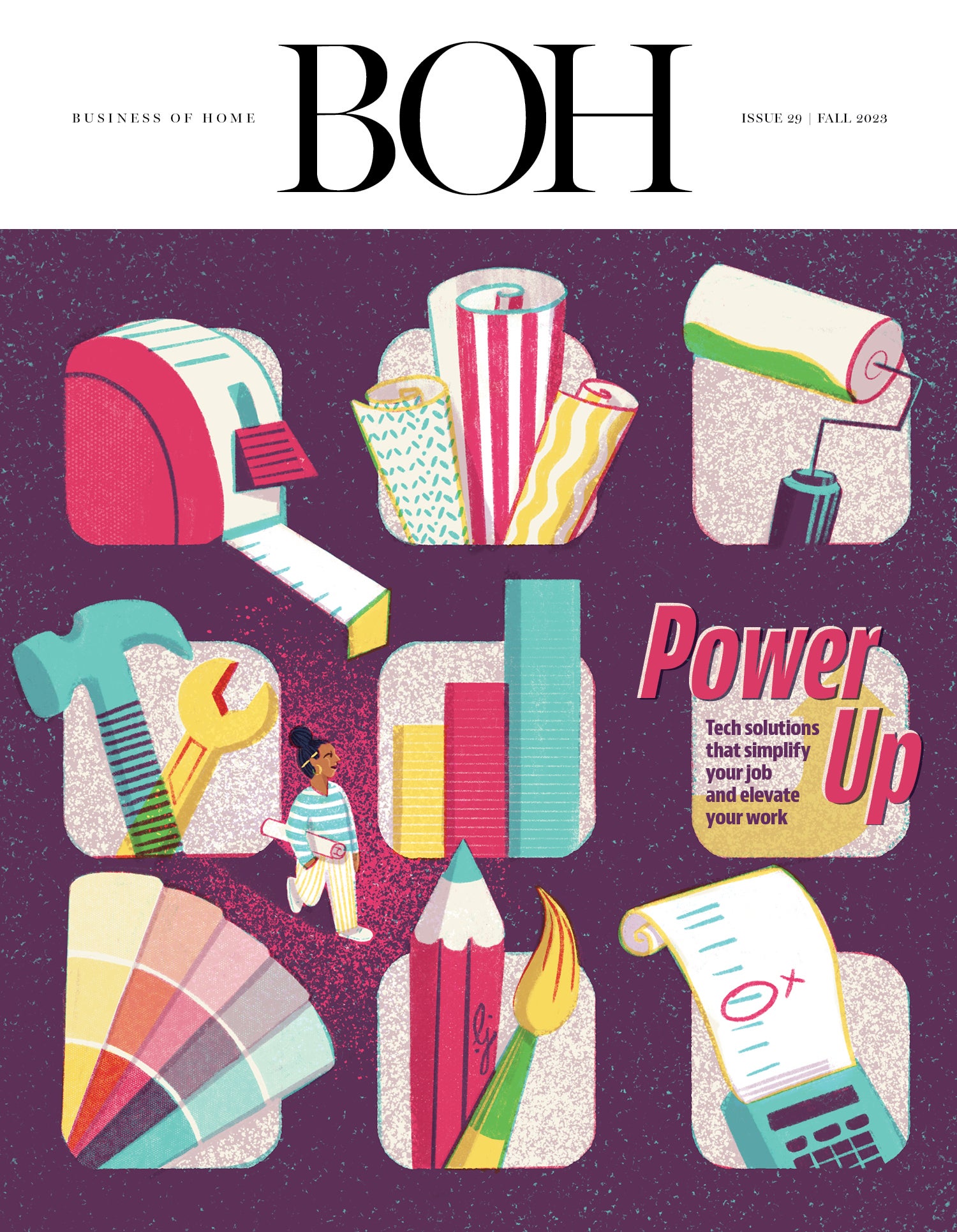
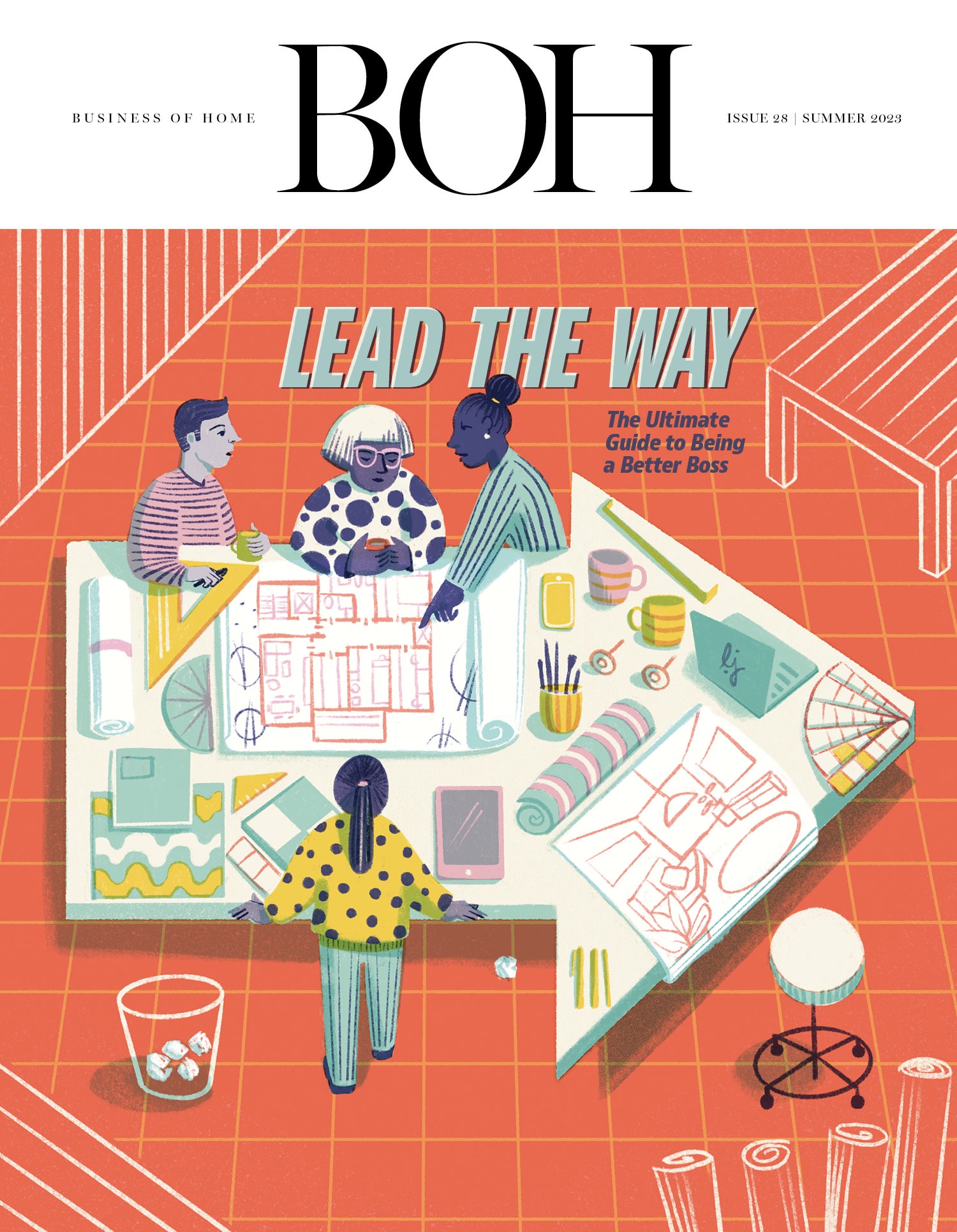
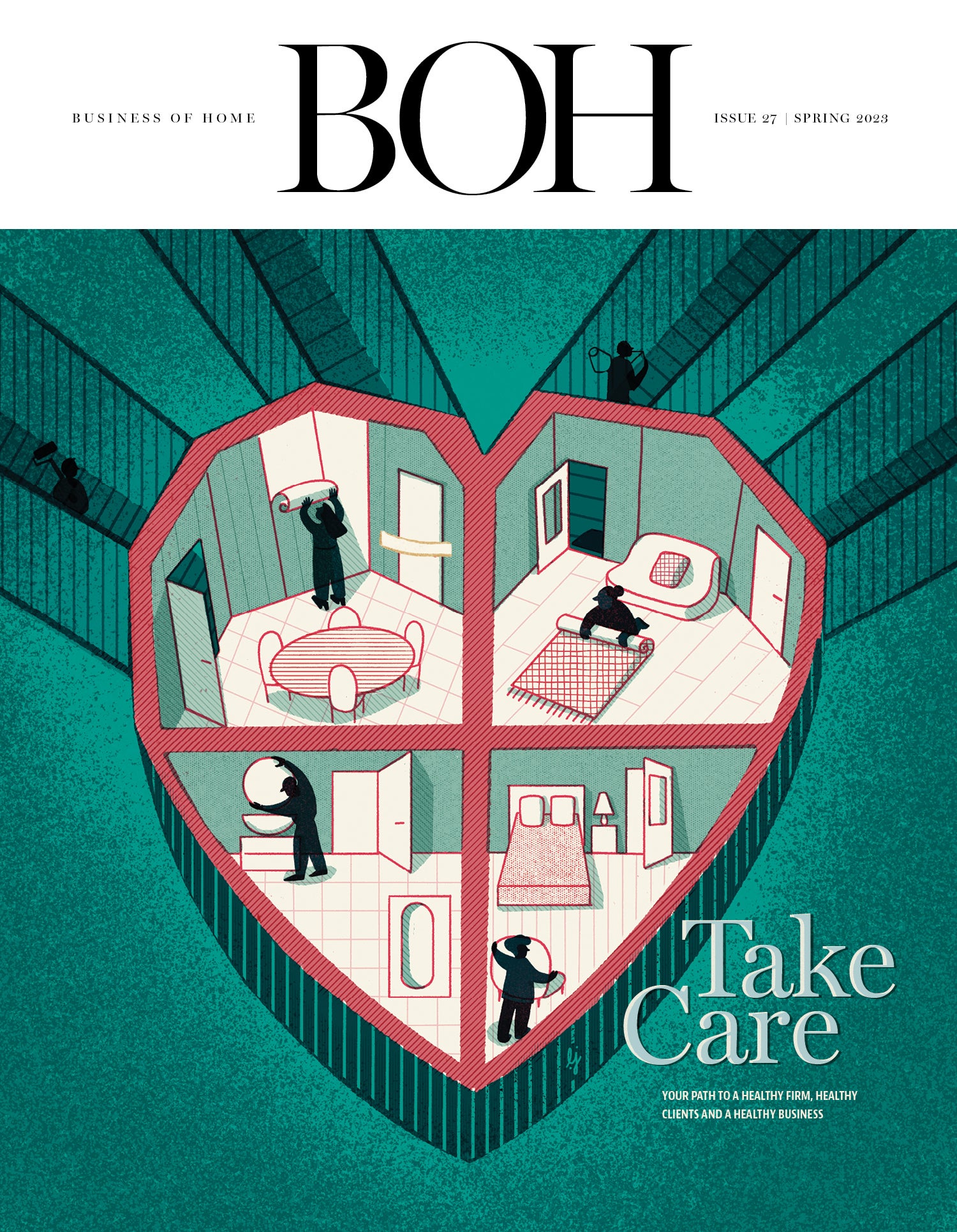
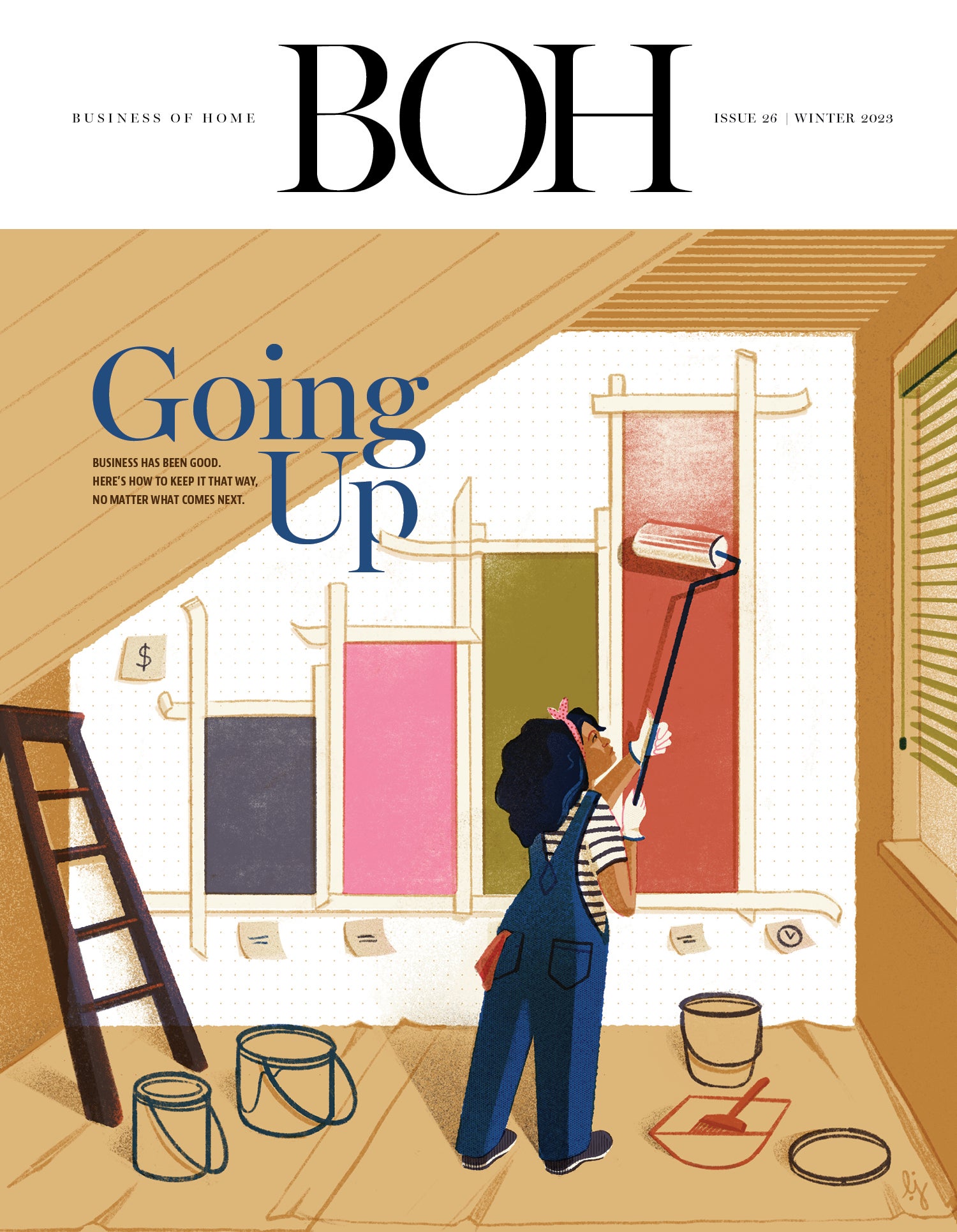
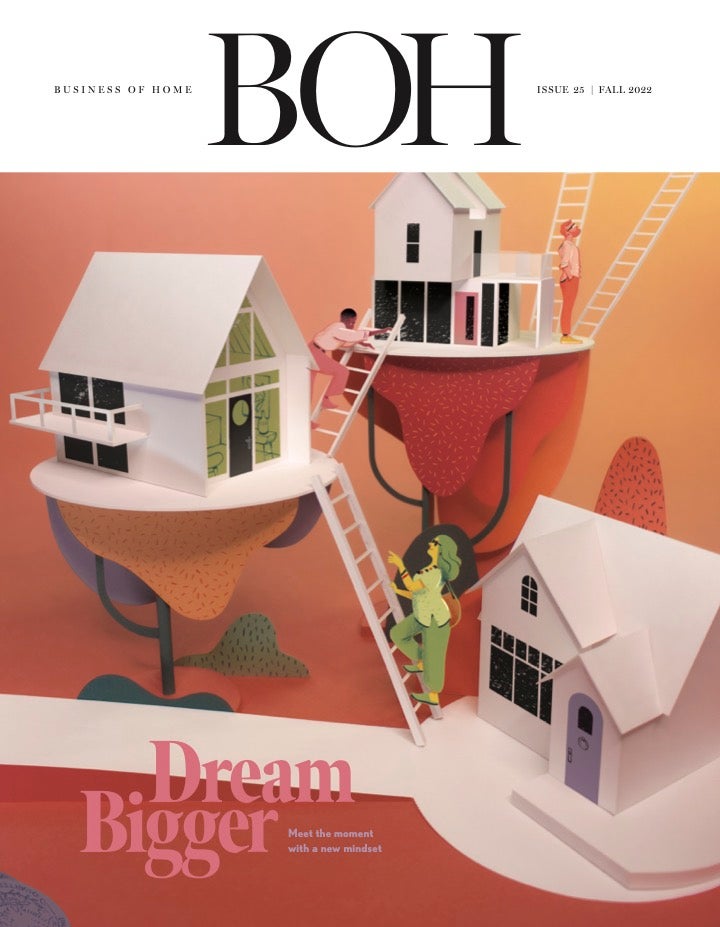


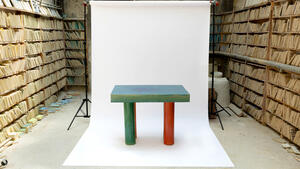
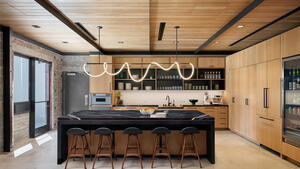
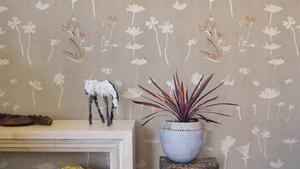
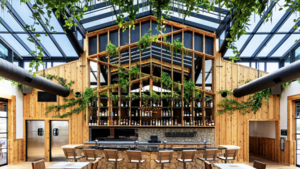
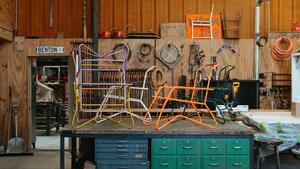
be33.jpg)
